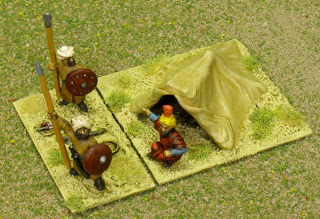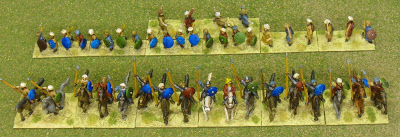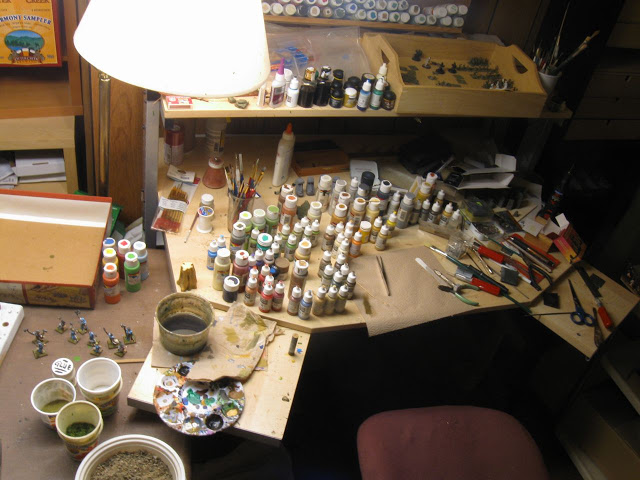Everyone I’ve played Dominion with has really enjoyed it, including Marla and even Martine. With the proper card selection Martine (at age 6) has no problem finishing games with the full rules, and has even been known to beat grownup opponents.
The first two expansions, Intrigue and Seaside, both add a good selection of cards to the game without changing the flavor very much. I had high hopes for the third expansion, Dominion: Alchemy, when Andy brought it over to try it out. Unfortunately, I don’t like it very much yet. My opinion of the cards might improve if I play it more, but this expansion is different than the previous ones and I’m not sure I like that difference.
As anyone who has read my previous review knows, the basic game play in Dominion is to use the resources in your deck of cards to buy more cards for that deck. As you cycle through your gradually improving deck, you hope to collect enough victory cards to be ahead when the game ends. Cards can be actions, which do things; treasure, which is used to buy more cards; or victory cards, which do nothing (but are required to win).
There are many different effective strategies, and they vary a lot based on the cards available and how you use them. Despite these wide differences, it’s still possible to categorize the basic action strategies into two broad categories. I’ll call them “Action Combo” and “Utility Action” strategies.
With an Action Combo strategy, you buy many action cards, and depend on playing a big tree of actions each turn in order to cull the treasure out of your deck. Since you have so many action cards, adding a few more victory cards isn’t a big deal, so it’s not always important to concentrate on the highest point value victory cards. Action Combo decks often take long turns and end up with a large portion of the deck in play each turn, even late in the game.
A Utility Action strategy uses a low proportion of action cards in the end-game deck, and doesn’t rely on the use of a lot of actions each turn in order to win. Instead, the deck concentrates on acquiring many high value treasure cards, and uses a few action cards to improve the chances of drawing big hands of cash to buy high value victory cards. In this strategy it is important to concentrate on the highest value victory cards, so you don’t dilute your deck.
It’s possible to win with both of these strategies. It can be a lot more fun to play with an Action Combo strategy, because you get to do a lot more on each of your turns even when you’re losing. However, I usually end up playing with a Utility strategy. I sometimes win the game with only 4 or 5 action cards total, but with many Gold and Silver treasure cards and a stack of Provinces.
(One strategy I enjoy a lot with the basic set is to buy a Smithy and a Silver in the first run through the deck. I often end up buying Gold on the second through the deck and Provinces on the 3rd and 4th runs through. It’s very fast, but it can stall unless you build up enough treasure and actions to get you through the clumps of Victory cards.)
In the basic set, Intrigue, and Seaside, almost all of the card effects have varying degrees of synergy with each other, but there is only one card I can think of (Seaside’s Treasure Map) which requires another specific card in order to be useful. Even Treasure Map only requires another copy of the same card in order for you to play it. Other action cards allow you to build interesting combos, but they combine with a many other cards and almost all of the actions are useful by themselves.
The Alchemy card set is different, because of the existence of the Potion card. Potion is a new kind of treasure. Most of the other Alchemy cards require a potion to purchase them, and many of the actions are more beneficial if you have a Potion in play (that is: if you just used it to buy something).
Since most of the cards in the Alchemy set require a card combo in order to use them at all, it tends to push you towards using certain strategies. In order to get any Alchemy cards you need a Potion, but once you have a Potion you need to use it enough to justify its cost (both in treasure and the space it takes in your deck) since it won’t buy you many victory points. Overall, this expansion guides you into using an Action Combo strategy.
Yes, there are cards available that let you trade in one card for something else, which would let you turn a Potion into something useful after you’re done with it. But I don’t find these Remodel cards to be very useful. Why would I buy a card I don’t want, buy another card that can turn it into something else, hope I draw them both, and then spend an action to change one into another, when I could just buy the card I wanted in the first place? Again, the result is an Action Combo strategy.
The main problem I have with Alchemy is that it doesn’t provide very many cards that support a Utility Action strategy (with some notable exceptions). In practice, this isn’t very limiting for me, because typically you use cards from otehr sets along with the Alchemy choices, and I can almost always find a useful Utility strategy using only those. But then I’m not using the Alchemy cards, which makes them a bit of a waste for me.
Overall, I’d definitely play Dominion with Alchemy cards, but it probably wouldn’t be my first choice. I do want to play more games to get used to the cards and figure out how I can use them more effectively. I also think it’s worth it for me to play with a set that forces a combo strategy occasionally, just for a change of pace. But I’m pretty sure I won’t be buying Alchemy at least for a while, especially since Andy already has it.







